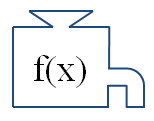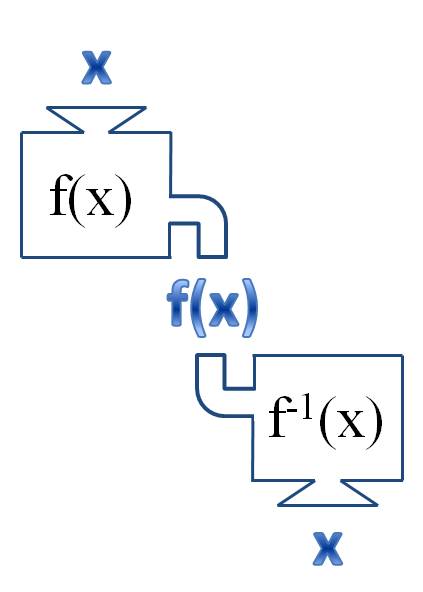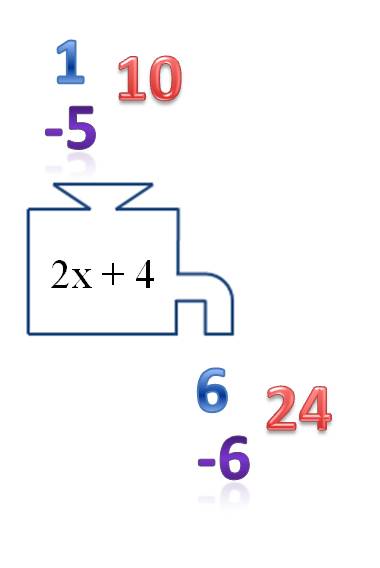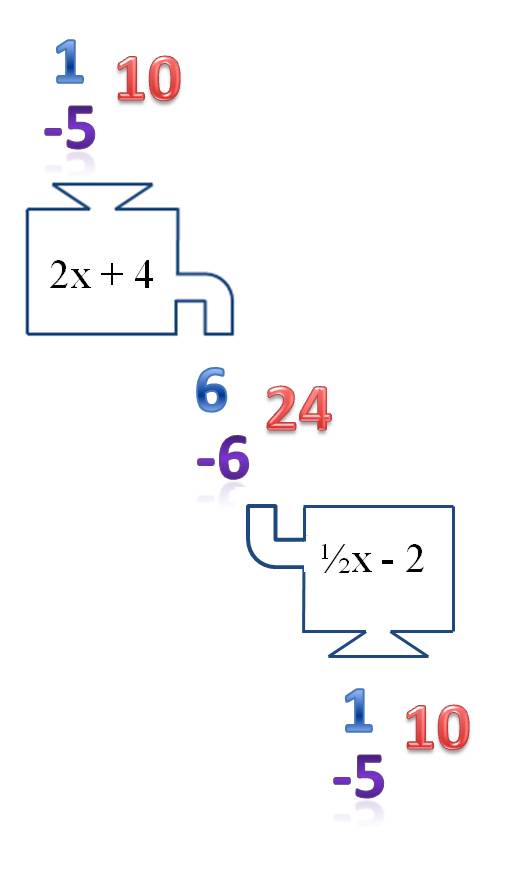In a previous post, I listed the steps you need to follow to analyze and graph a rational function. In this post, I show you how to find the hole(s) and vertical asymptote(s), if they exist. [Check other posts on this website for other steps in analyzing and graphing a rational function.]
In a rational function, holes and vertical asymptotes will only occur where the denominator is equal to zero. So fully factor the function, and look for the roots of the denominator. When a factor in the denominator cancels out with a factor in the numerator, the function will have a hole where the factor equals zero. If the factor in the denominator does not cancel out with a factor in the numerator, there will be a vertical asymptote where the factor equals zero.
Example: Find the holes and vertical asymptotes, if any, for the following rational function:
First, fully factor the function:
The roots of the denominator are ,
and
. At
, there is a hole. To find the “value” of the hole, evaluate the reduced function:
This means that when you graph the function, there will be a hole at the point .
The vertical asymptotes will be and
.







